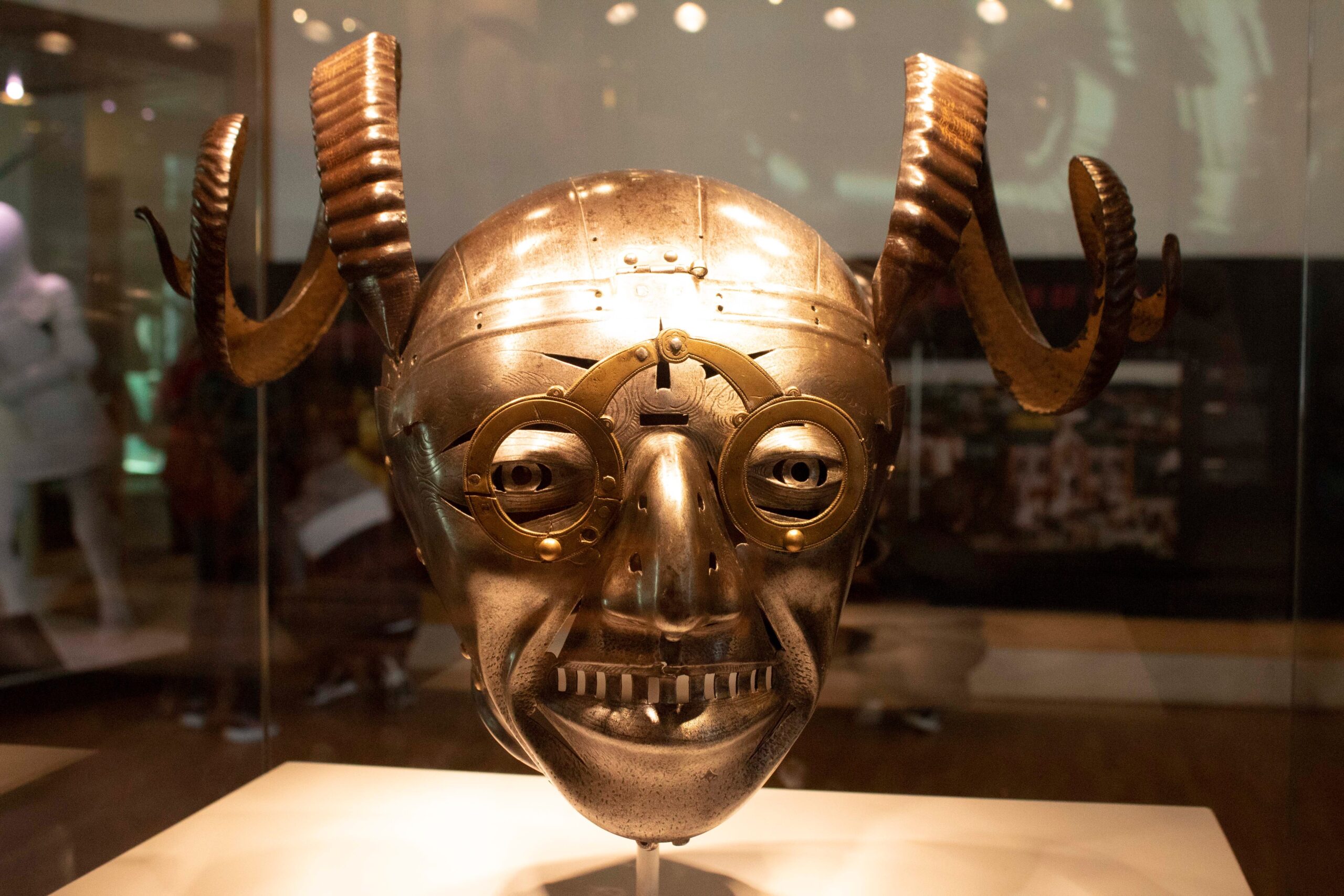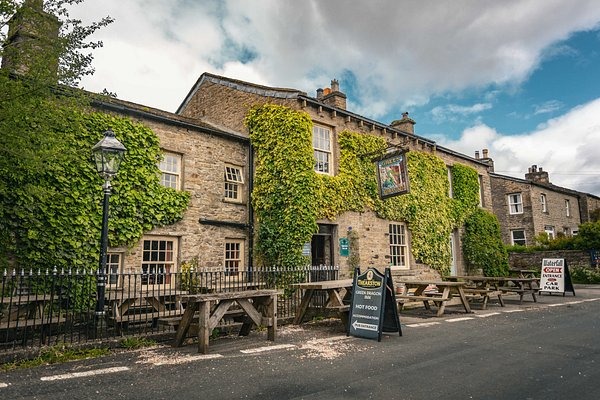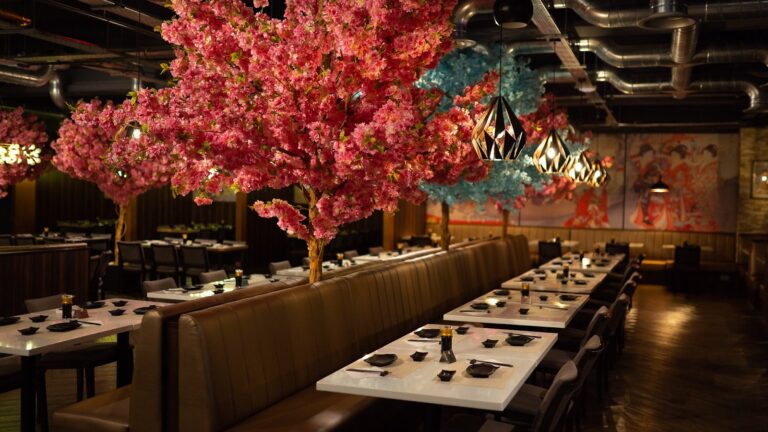Discover The Fascinating History Of Royal Armouries In Leeds
The fascinating history of the Royal Armouries in Leeds is not just the story of a museum—it’s a journey through centuries of human innovation, conflict, artistry, and national pride. For enthusiasts of medieval and Renaissance arms and armor, the Royal Armouries represents the pinnacle of historical preservation and storytelling. Situated in Leeds, West Yorkshire, this grand institution houses the United Kingdom’s National Collection of Arms and Armour, a collection that has evolved from the ancient Tower of London to a world-class museum of education, craftsmanship, and cultural reflection.
For centuries, the Royal Armouries has symbolized Britain’s martial heritage, curating everything from the swords of knights to the firearms of modern warfare. But beyond the gleaming suits of armor and polished blades, the museum tells a deeper story — of the British monarchy’s military evolution, of the artistry of weaponsmiths, and of how warfare shaped society itself.
Origins: The Birth of the Royal Armoury at the Tower of London
A Medieval Foundation
The roots of the Royal Armouries trace back to the Middle Ages, when the Tower of London—famously known as the White Tower—served both as a fortress and a royal residence. The earliest recorded references to an armory within the Tower date as far back as the 14th century, when the Office of the Armoury was established to manufacture weapons and armor for the king and his soldiers.
During the reigns of monarchs like Edward III and Henry V, the demand for quality weapons increased dramatically due to the Hundred Years’ War and England’s expanding military campaigns. The Tower became the central repository for the kingdom’s weapons and war materials—a symbol of royal power and technological prowess.
A Museum Before Museums Existed
By the 16th century, the Tower of London’s collection had grown not only in military value but also in artistic importance. Nobles and foreign dignitaries visiting the Tower were often shown magnificent displays of armor belonging to famous monarchs, including King Henry VIII. This practice—showcasing items of war for admiration—can be seen as the birth of the first museum in the United Kingdom.
These displays included Henry VIII’s elaborately decorated jousting armor, intricately etched with royal insignia and gilded motifs—a striking fusion of functionality and beauty. Over time, as firearms replaced traditional weaponry, the collection transitioned from practical use to historical preservation.
The Armouries Through the Ages
From Arsenal to Heritage Institution
The Royal Armouries continued to serve as a working arsenal until the 17th century, after which it began to focus more on preservation and exhibition. Public interest grew, and the Tower became a destination not only for military professionals but for ordinary citizens fascinated by the tools of war.
By the 19th century, the collection had become a symbol of national identity. However, space constraints at the Tower limited how much of the collection could be displayed. Vast portions of the armory were stored away, unseen by the public.
Official Recognition as a National Museum
In 1935, the Royal Armouries was officially recognized as a National Museum, cementing its role as the primary custodian of Britain’s martial heritage. From this point forward, it became clear that the collection deserved a modern, purpose-built space to showcase its expanding range of artifacts — a dream that would eventually lead to the creation of the Royal Armouries Museum in Leeds.
The Move to Leeds: A Modern Home for Ancient History
Why Leeds?
The decision to relocate the National Collection of Arms and Armour from the Tower of London to Leeds was both practical and visionary. The Tower, though iconic, could no longer accommodate the museum’s vast holdings. Leeds, a city known for its industrial history and central location, offered a dynamic and accessible site.
Construction began in the early 1990s, and in 1996, the Royal Armouries Museum in Leeds officially opened its doors. The move symbolized a new era—bringing history to the people and transforming centuries-old artifacts into a modern learning experience.
A Landmark of Architecture and Innovation
Designed by architect Derek Walter, the museum’s structure is both modern and symbolic. It includes the Hall of Steel, a soaring five-story tower that features over 2,700 weapons arranged in spectacular geometric patterns. This breathtaking display is the largest massed arms exhibit in the modern world—a visual representation of the scale and diversity of human warfare.
The museum’s location on the Leeds Dock also represents a bridge between old and new—a place where the echoes of the past meet the creativity of the present.
Collections: A Journey Through Time
Ancient and Medieval Wonders
The Royal Armouries in Leeds holds more than 70,000 artifacts, encompassing a vast historical span from ancient civilizations to modern warfare. Among its most prized possessions are weapons from ancient Greece, Rome, and the Middle East, illustrating the early development of combat technology.
The Age of Chivalry
The medieval galleries are among the most popular. Here, visitors encounter full suits of armor that once protected the knights of Europe. Highlights include:
- Henry VIII’s tournament armor, designed for jousting and displaying the grandeur of Tudor craftsmanship.
- The longbow from the wreck of the Mary Rose, a rare example from the early 16th century, offering insight into the archery that defined English warfare.
- Stunning examples of chainmail, helmets, and shields used during the Crusades and the Wars of the Roses.
These exhibits allow visitors to step directly into the world of knights, kings, and the battles that shaped medieval Europe.
Guns, Cannons, and Modern Warfare
As time advanced, the nature of combat changed dramatically. The Royal Armouries’ displays trace this evolution—from the early matchlock muskets to modern automatic weapons. Notable pieces include:
- The Thompson submachine gun (“Tommy Gun”) used during the Prohibition era.
- Mortars and artillery from both World Wars.
- Detailed displays of 18th and 19th-century pistols and rifles, reflecting both military and civilian use.
This section offers a sobering reflection on how technology transformed warfare, increasing both efficiency and destruction.
The Oriental Collection
Among the museum’s most breathtaking displays is the Oriental Gallery, which highlights the martial traditions of Asia, including China, Japan, India, and the Middle East.
Visitors can view the sleek curves of Japanese katana swords, ornate Indian mughal daggers, and the majestic armor of samurai warriors. Each artifact reveals the cultural philosophy behind warfare in its region—whether it be the samurai’s discipline or the spiritual craftsmanship of the Persian swordsmiths.
This collection bridges East and West, illustrating the universality of the human instinct for protection, artistry, and honor.
Cultural Reflections and Artistic Exhibitions
Weapons Beyond War
The Leeds Royal Armouries is more than a shrine to war—it is also a space for reflection on peace, ethics, and humanity. Among its exhibits are modern art installations that explore the social and moral implications of weaponry.
Collaborations with the British Peace Museum have produced thought-provoking exhibitions such as “Peace – A Farewell to Arms,” which challenges visitors to imagine a future without armed conflict. Other galleries address themes like civilian armament, self-defense, and the ethics of hunting—broadening the museum’s scope from history to philosophy.
Pop Culture and Modern Influence
The museum also embraces popular culture, hosting replicas of weapons from the Lord of the Rings films and aspiring to acquire original props like the Star Wars blasters. These additions attract younger audiences and connect the fantasy of film with the craftsmanship of historical arms.
The Hall of Steel: The Museum’s Iconic Centerpiece
Perhaps no part of the museum captures its grandeur more completely than the Hall of Steel. Rising five stories high, it contains thousands of weapons—muskets, swords, pikes, and shields—arranged in spiraling patterns that ascend toward the skylight.
It’s both an architectural triumph and a visual metaphor for the evolution of warfare. The hall is often described as a “cathedral of arms,” symbolizing both the awe and terror associated with humanity’s long relationship with conflict.
Timeline: From Tower to Leeds
| Year | Event |
| 14th century | Office of the Armoury established at the Tower of London |
| 16th century | Public displays of royal arms begin at the Tower |
| 1660s | Tower’s collection becomes a tourist attraction |
| 1935 | Royal Armouries officially recognized as a National Museum |
| 1990 | Decision made to build a new museum in Leeds |
| 1996 | Official opening of the Royal Armouries Museum in Leeds |
| 2000s | Expansion of collections and partnerships with peace initiatives |
| Present | Over 70,000 items on display; a global leader in arms heritage |
Events and Living History
One of the most exciting aspects of visiting the Royal Armouries in Leeds is the interactive experience. The museum hosts regular events such as:
- Weapons demonstrations, where experts display the use of historical arms.
- Live jousting tournaments, held annually at Easter and in summer, recreating the splendor and excitement of medieval tournaments.
- Educational workshops, where visitors can learn about armor-making, archery, and military tactics.
These experiences transform the museum from a static display into a living narrative of human history.
The Collector’s Perspective
For sword enthusiasts and historians alike, the Royal Armouries is a pilgrimage site. Among those who have documented its wonders is Eyal Azerad, founder of Darksword Armory, who visited in 2017 to study original medieval weapons for inspiration. His photo collections from the museum—featuring hundreds of detailed images—offer a glimpse into the craftsmanship and artistry that define this remarkable institution.
A Museum for the Modern World
Educational Mission
Beyond exhibitions, the Royal Armouries in Leeds is committed to education and research. It provides resources for historians, students, and artists, ensuring that the lessons of the past remain accessible to future generations.
Digital and Global Reach
In recent years, the museum has expanded into digital spaces, offering virtual tours and online archives. This initiative ensures that even those unable to visit in person can experience the museum’s treasures and learn from its rich content.
Why the Royal Armouries in Leeds Matters
The fascinating history of Royal Armouries in Leeds embodies more than just swords and armor. It represents Britain’s relationship with its past, its artistic achievements, and its ongoing dialogue with the meaning of conflict.
By blending tradition and modernity, the museum serves as a cultural bridge—honoring warriors of the past while promoting peace and understanding in the present.
Conclusion
The fascinating history of Royal Armouries in Leeds is a story of evolution—from a medieval workshop at the Tower of London to a modern museum that educates and inspires millions. It reminds us that weapons are not merely instruments of war but artifacts of human ingenuity, artistry, and resilience.
For visitors, historians, and collectors, the Royal Armouries offers not just a glimpse into the past but an invitation to reflect on the nature of conflict and the enduring spirit of craftsmanship that has defined humanity for centuries.
If you ever find yourself in Leeds, take the opportunity to walk among these relics of history. Whether you stand beneath the towering Hall of Steel or gaze upon Henry VIII’s gleaming armor, you will experience something profound — a connection across time, where the echoes of the past still ring in polished steel.
FAQs About the Royal Armouries in Leeds
When was the Royal Armouries in Leeds established?
The museum officially opened in 1996, transferring the national collection from the Tower of London to its new purpose-built home in Leeds.
How many artifacts are in the Royal Armouries collection?
The collection features over 70,000 items, including weapons, armor, firearms, and military art from across the world.
What is the Hall of Steel?
The Hall of Steel is the museum’s five-story central display, featuring over 2,700 weapons arranged in stunning geometric formations—a unique spectacle of craftsmanship and design.
Does the museum host live events?
Yes. The Royal Armouries regularly hosts jousting tournaments, combat demonstrations, and educational programs throughout the year.
Is the Royal Armouries free to visit?
Yes, entry to the museum is free, making it accessible to all visitors.






